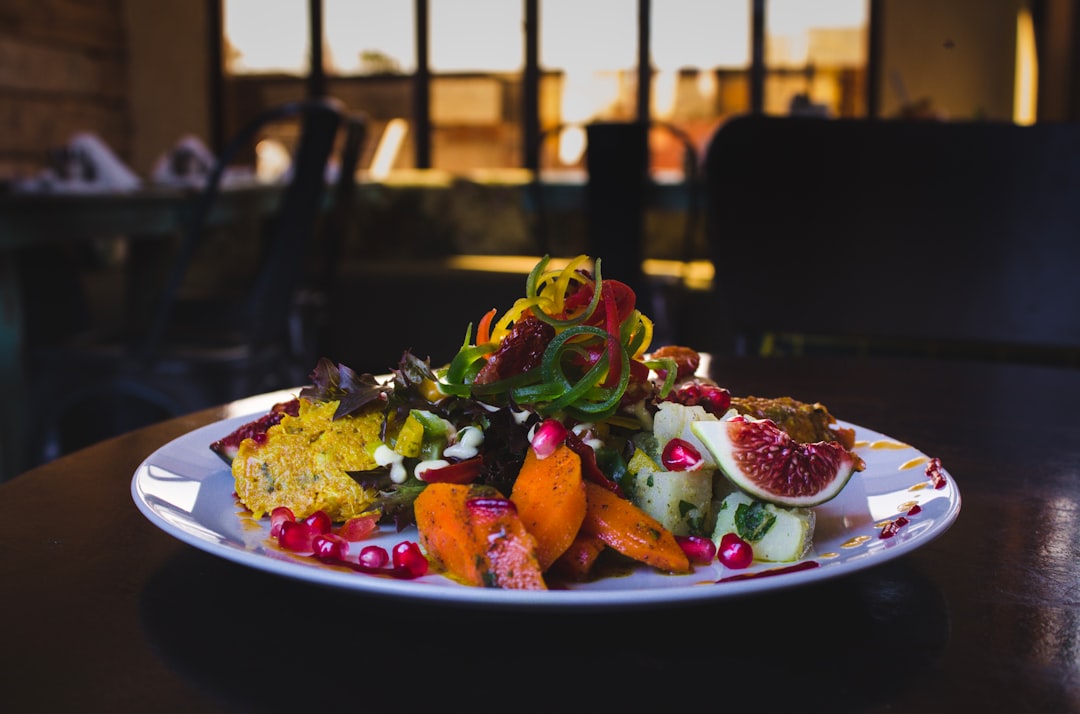We often hear seasoned chefs talk about the importance of seasoning in their dishes. But what exactly does it mean to season your food? In simple terms, seasoning involves using a combination of herbs, spices, salts, and other flavorings to enhance the taste of your ingredients. It is the secret behind elevating a dish from being just “good” to something truly extraordinary.
The importance of seasoning cannot be emphasized enough. It is a crucial step in cooking that can make or break a dish. Seasoning allows you to add depth, complexity, and balance to your flavors. Instead of overpowering the taste of your ingredients, the goal is to enhance their natural flavors and create a harmonious blend of tastes that will leave your taste buds wanting more.
Let’s delve into the different types of seasonings you can use to elevate your culinary creations:
1. Herbs: Herbs are an essential component of seasoning. Whether fresh or dried, herbs add a burst of freshness and fragrance to your dishes. From the earthy aroma of rosemary to the delicate flavor of basil, herbs can transform simple ingredients into gourmet delights. Experiment with different herbs like thyme, oregano, and parsley to find your favorites.
2. Spices: Spices are the backbone of seasoning. They add warmth, depth, and complexity to your dishes. From the fiery heat of chili powder to the warming notes of cinnamon, spices have the ability to transport your taste buds to different parts of the world. Don’t be afraid to explore a wide range of spices like cumin, ginger, paprika, and turmeric to create unique flavor profiles.
3. Salts: Salt is often considered the most basic form of seasoning, but it plays a vital role in bringing out the natural flavors of your ingredients. Different types of salts, such as sea salt, kosher salt, and Himalayan salt, have varying textures and flavors that can add a subtle twist to your dishes. Use salt sparingly and taste as you go to ensure you achieve the perfect balance.
4. Seasoning Blends: Ready-made seasoning blends can be a convenient way to add flavor to your dishes. From traditional blends like Italian seasoning and Cajun seasoning to exotic blends like garam masala and za’atar, these pre-mixed combinations offer a quick and easy way to enhance your dishes without having to gather individual ingredients.
Now that you know about the different types of seasonings, let’s explore some tips on how to use them effectively:
1. Taste as you go: Seasoning is an art, and the key is to taste your food as you cook. Start with a small amount of seasoning, and gradually add more until you achieve the desired taste. Remember, you can always add more, but taking away excess seasoning can be challenging.
2. Balance is key: Balance is crucial when it comes to seasoning. Aim for a harmonious blend of flavors rather than overwhelming one particular taste. Experiment with different combinations and adjust the proportions until you find the perfect balance that suits your palate.
3. Layer your seasonings: To build complex flavors, try layering your seasonings. Start with a base layer of salt and pepper, then add in herbs and spices to create depth and complexity. This layering technique allows you to create a well-rounded dish with multiple layers of flavor.
4. Don’t forget about timing: Timing is essential when it comes to seasoning. Some seasonings, like herbs, are more delicate and should be added towards the end of the cooking process to preserve their freshness. Others, like spices, benefit from being cooked with the dish to release their full flavors.
5. Be mindful of dietary restrictions: When seasoning your dishes, consider any dietary restrictions or preferences your guests may have. Ensure you have options for those who require low-sodium or salt-free seasonings, as well as those who may have allergies to specific herbs or spices.
Seasoning is truly an art form that allows you to transform simple ingredients into culinary masterpieces. By understanding the different types of seasonings and how to use them effectively, you can elevate the flavors of your dishes and create memorable dining experiences for yourself and others.






